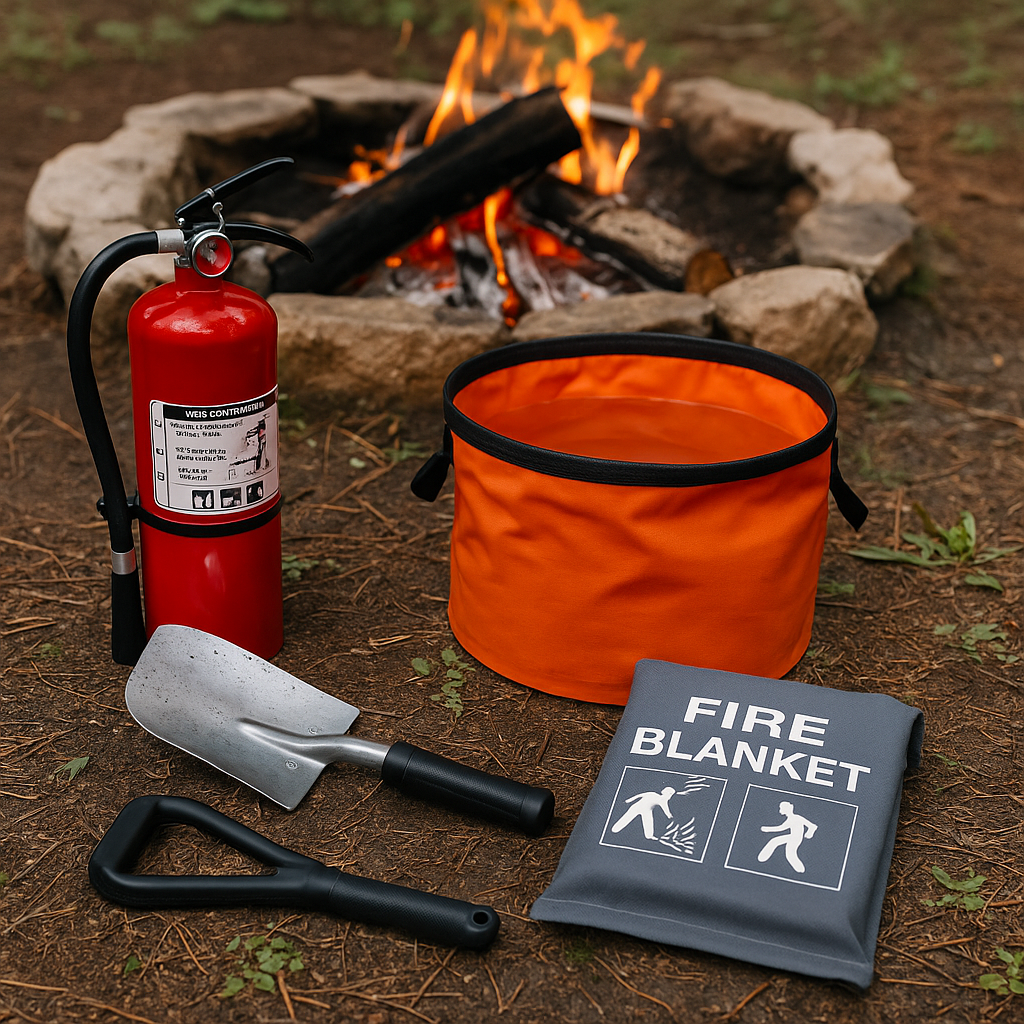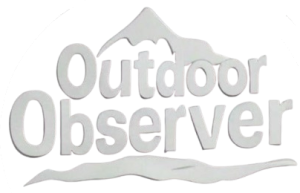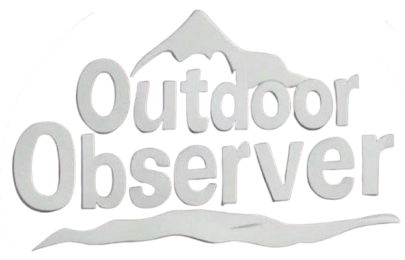This Content Is Only For Subscribers
For outdoor enthusiasts, nothing defines the camping experience more than a cozy fire under the stars. Yet in today’s changing climate and with increased human activity in wild spaces, fire prevention has become not just important, but absolutely essential. Carrying fire prevention equipment while camping is now more than a personal choice—it’s part of responsible outdoor recreation and, in many places across the United States, a legal obligation.
The Impact of Carrying Fire Prevention Equipment
Carrying fire prevention tools—such as portable fire extinguishers, collapsible buckets, fire blankets, and spark arrestors—greatly reduces the risk of an uncontrolled wildfire. Having basic gear ensures that any accidental spark from a campfire, stove, or even a cigarette can be immediately controlled before it escalates into a devastating event.
Beyond the practical safety benefits, preparedness fosters a culture of respect for nature among campers. It empowers individuals to be active participants in conservation, rather than potential threats to fragile ecosystems. Wildfires not only destroy forests and wildlife habitats but also affect air quality, water sources, and local economies.
Today’s lightweight, compact fire prevention products mean that even backpackers can easily carry essential gear without significant extra burden. In areas with high fire danger ratings, many outdoor groups and trail organizations now recommend, or even require, carrying fire suppression tools on all outings.
U.S. Federal and State Regulations
Federal Regulations:
At the federal level, agencies such as the U.S. Forest Service, National Park Service, and Bureau of Land Management (BLM) enforce strict fire regulations. During high-risk seasons, fire restrictions may ban open flames altogether. When allowed, regulations often mandate:
Use of designated fire rings
Carrying a shovel and water
Immediate suppression of escaped flames
Possession of spark arrestors on motorized equipment Violations can result in hefty fines—often exceeding $5,000—and even criminal charges if negligence leads to a wildfire.
State Regulations:
Individual states maintain their own guidelines, frequently adapting to seasonal fire risk levels. For example:
California: Campers must often obtain campfire permits even for the use of portable stoves. Restrictions tighten during “Red Flag” warnings.
Colorado: Stage 1 and Stage 2 fire restrictions outline what types of fires are allowed; compliance often includes carrying specific fire suppression tools.
Arizona and New Mexico: In periods of extreme drought, open flames are entirely prohibited, with fines and penalties for non-compliance.
Many states also require visitors to check fire danger ratings daily and follow posted fire ban alerts at trailheads and campgrounds.
Why Compliance Matters
The devastating 2020 Cameron Peak Fire in Colorado, the largest in state history, and countless other recent wildfires have often been traced back to human causes—sometimes simple unattended campfires. Today, with increasingly severe fire seasons, responsible behavior by outdoor enthusiasts can make a tangible difference.
By carrying fire prevention equipment and adhering to regulations, campers protect not only themselves but also the landscapes they cherish.




